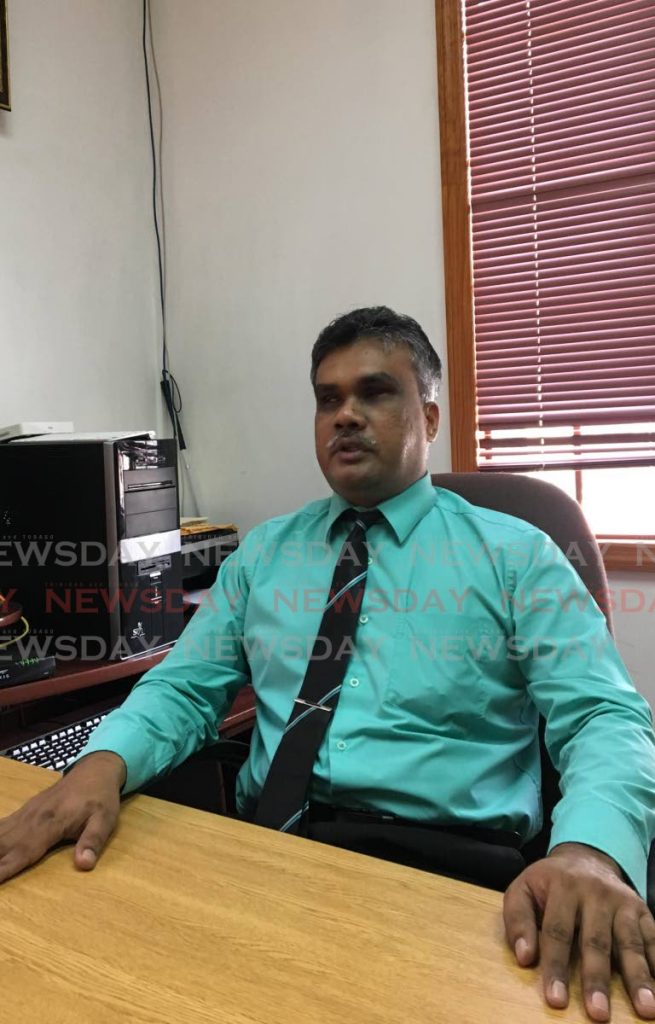Public information should be accessible to all

When broadcasting information across television screens, standards and guidelines must be taken to ensure visually impaired and deaf people can get the information provided to the general public, said Kenneth Suratt, CEO of the Blind Welfare Association.
In an interview on the weekend, Suratt said sometimes when a person is giving out a telephone number on the television they do not call it out, but encourage the viewing public to contact the number on the bottom of the screen. Suratt said critical and important information especially updates about the covid19 is not always in an accessible format.
“Someone who is blind or visually impaired, that means nothing to us. They need to read it out to us. They need to read out all the information that is text on the screen.
“While a hearing impaired person can read it, the person who is blind cannot get the information. Secondly, when they are given out instructions on washing of hands they need to give more details in the steps they are taking. In other words, what they are doing visually they also need to describe it verbally to reach the entire population.”
Suratt said most of the local television are affiliated with other organisations around the world and there must be a certain standard and guidelines they follow. He said there are standards implement to determine what size the interpreter box should be.
“All they need to do is stick to the standards and follow all the guidelines provided to reach everyone. They need to give enough verbal as also visual because one person not getting the proper information and infected by the virus can infect a lot of people. For example, look at the fire alarm system in some buildings, someone who is hearing impaired, he/she would not know, they need to add the flashing lights.”
Suratt said while it is impossible to reach everyone 100 per cent, at least the majority will be reached. In a release from the University of the West Indies last Thursday, Dr Ben Braithwaite said the way that interpreters are placed on the television screens can undermine the job they are trying to do
He said sign language interpreters on the nightly TV6 news, for example, are confined to a tiny box which makes it impossible for anyone to understand clearly what is being said.
“In the recent press conferences the interpreters’ box has generally been somewhat larger, but still far below the international guidelines produced by the World Federation of the Deaf which recommend that the box should occupy 25 per cent of the screen.
“Many deaf Trinbagonians are turning off because they cannot understand clearly. They may be watching on a phone, or on a smaller television, they may have sight problems, or they may just find it very difficult to focus on a small box for a two-hour press conference,” he said.
Braithwaite said there are all kinds of critical public information being published every day in written English, but much of it is inaccessible to most deaf people for whom English may be a second or third language. He said it is essential to provide sign language translations of this information.

Comments
"Public information should be accessible to all"